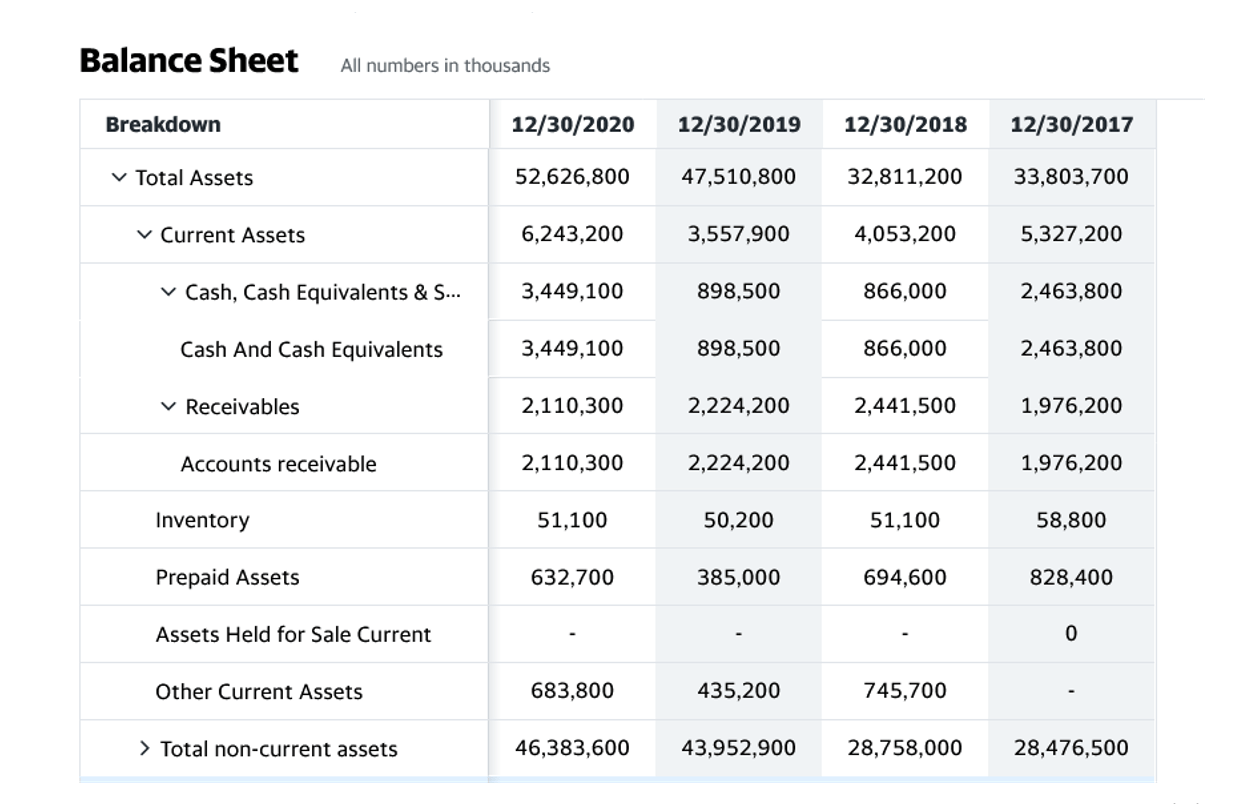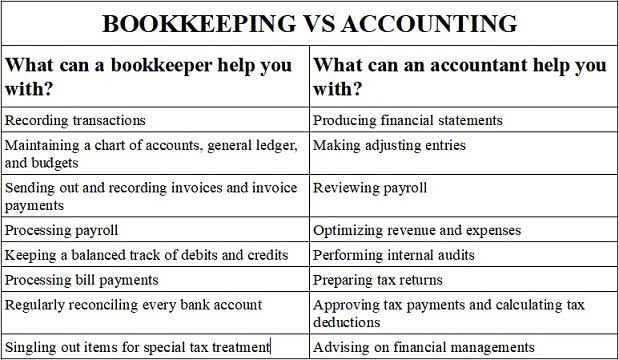
Error corrections should be made within 90 days of the original transaction, before the fiscal year-end deadline and/or before the end of the grant, whichever is earlier. Failure to make timely corrections to a grant may cause them to be out of compliance. This mistake happens when two digits are reversed (or “transposed”).
Routine Checks to Identify Errors
Financial reports need to be free of errors, misstatements, and completely accounting reliable. Any changes or errors in previous financial statements impair the comparability of financial statements and therefore must be addressed appropriately. It means the profit is overstated as well as the retained earnings.
Differentiating Correcting Entries and Adjusting Entries

Reversing accounting entries means that an entry is credited instead of being debited, or vice versa. The issue is that you can’t spot this mistake in your trial balance—it will still be in balance regardless. To do a bank reconciliation, you need to first balance your cash account—small businesses typically record payments and receipts in a cash book. Changes in the reporting entity mainly transpire from significant restructuring activities and transactions. Neither business combinations accounted for by the acquisition method nor the consolidation of a variable interest entity are considered changes in the reporting entity. To fix accounting errors the entries, find the difference between the correct amount and the mistaken entry.

Learn faster with the 24 flashcards about Correcting Entries

A correcting entry is a journal entry whose purpose is to rectify the effect of an incorrect entry previously made. To illustrate how to prepare Bookkeeping for Startups correcting entries, here are some examples. One purpose of correcting entries is to maintain accuracy of the financial records. They ensure that all records comply with accounting standards and principles.
- The timing of a correcting entry is typically when an error is discovered, which could be at any point during the accounting period.
- This, in turn, helps stakeholders make informed decisions about the business‘ financial health and prospects.
- For example, if $2,000 was incorrectly posted as $200 to the office supplies account, the correction would involve adding $1,800 to the office supplies account to reflect the accurate amount.
- The only time that financial statements are allowed to not be restated is when every possible effort to address the change has been made and such a calculation is deemed impractical.

Accounting errors are inevitable in any business, no matter how careful the bookkeeping process. These mistakes can range from simple mathematical errors to more complex misclassifications that affect multiple accounts. The key to maintaining accurate financial records lies not in avoiding errors entirely, but in identifying and correcting them systematically.